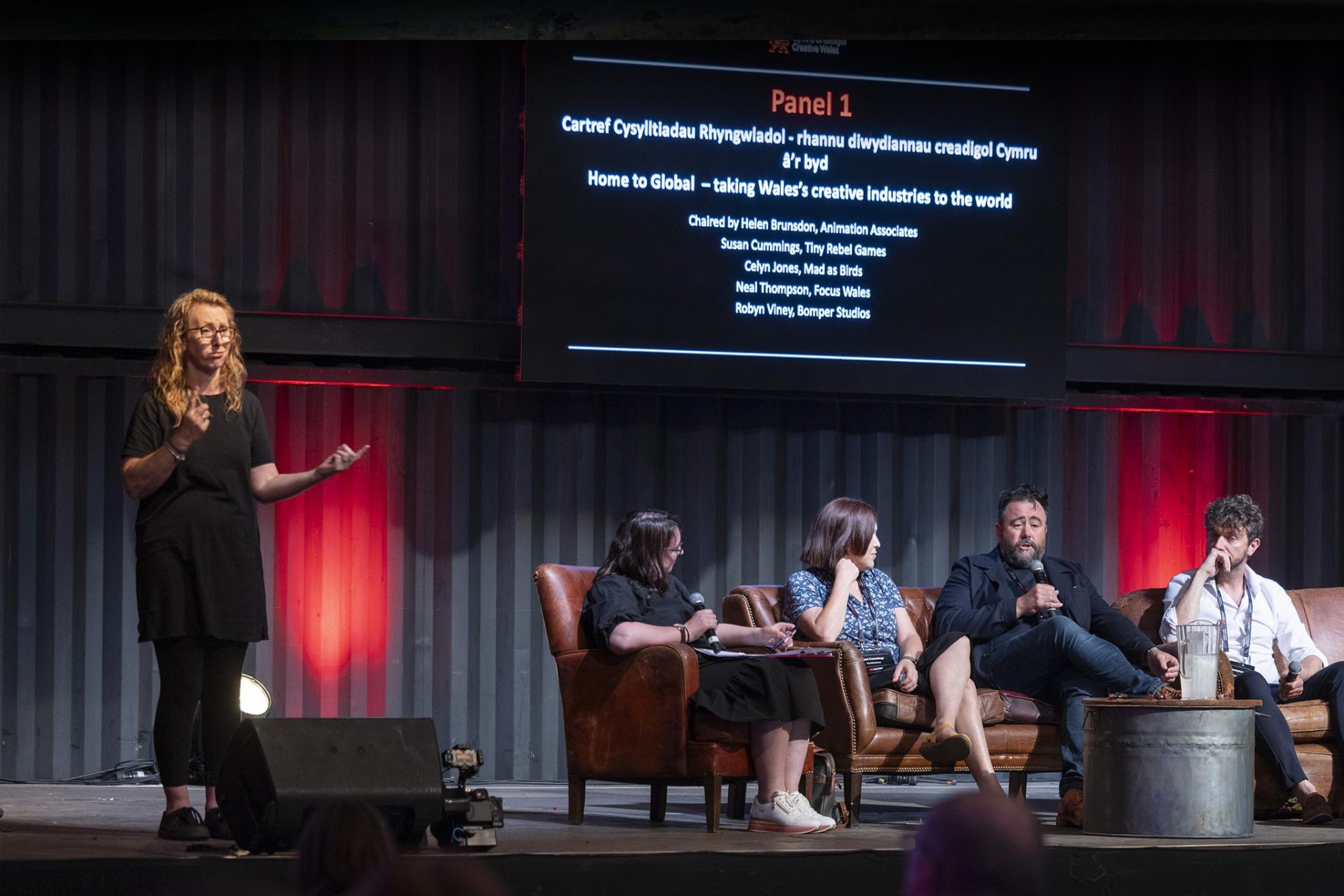
Event Accessibility Guide
Creating Accessible Events For All
Introduction
In today’s inclusive society, creating accessible events is not just a legal obligation but also a moral imperative.
Ensuring that all attendees, regardless of their physical abilities or dietary requirements, can fully participate enhances the overall experience and promotes inclusivity.
Accessibility at events means considering the needs of every participant, from the initial registration process through to onsite accommodation. By doing so we, as event organisers, can create a welcoming environment that respects and values diversity.
Registration
Collecting the right information during the registration process is crucial for planning an accessible event.
The registration form should include specific questions that allow attendees to indicate their accessibility needs and dietary requirements. In addition, providing a text box for any further requests allows attendees to share their specific requirements such as sensory needs, a prayer room or quiet space, as not everything can be covered by a drop-down box.
By finding out needs and requests prior to the event, it allows us to make the necessary arrangements to ensure all attendees are comfortable and fully engaged.
Pre-event communications
Effective pre-event communication is essential for addressing the needs of attendees, and to put people’s mind at ease when it comes to attending an event in a space that is likely to be unfamiliar to them.
Before an event, we generate a report showing all the registrants’ specific requirements. We liaise with the venue, caterers, our audio visual team and other suppliers to create an action plan to accommodate attendees with specific needs, before communicating the information to the attendees who require it.
For someone with accessibility needs, this could be letting them know where the disabled parking is, if we have a hearing loop in place, where the lifts and ramps are and describing where the key event elements are located such as registration, plenary and disabled toilets.
For people with specific dietary requirements, we share the process that the caterers or venue will follow with their meal to ensure their food is safe for them to eat. Although more venues are offering QR codes to show allergens and ingredients next to the buffet, meaning that delegates can make their own informed decisions about whether an item is safe for them to consume, it is still necessary to put an attendee’s mind at ease that their requirement has been acknowledged.
At the event
As not all attendee requirements are visible, it is important to brief the event team and make them aware of any sensitivities and the processes in place for certain delegates.
Prior to the delegates arriving, we re-confirm the processes with suppliers, venue and caterers to ensure that nothing has changed since the initial conversation.
To summarise
Creating accessible events requires thoughtful planning, clear communication and proactive measures to ensure all attendees can participate fully.
By gathering detailed information during registration, communicating effectively before the event and making comprehensive onsite accommodations, we can foster an inclusive environment.
This commitment to accessibility not only enhances the event experience but also reflects a broader dedication to equity and inclusion in our communities.
This guide will outline how to ensure accessibility is fully considered at each stage of event management.
